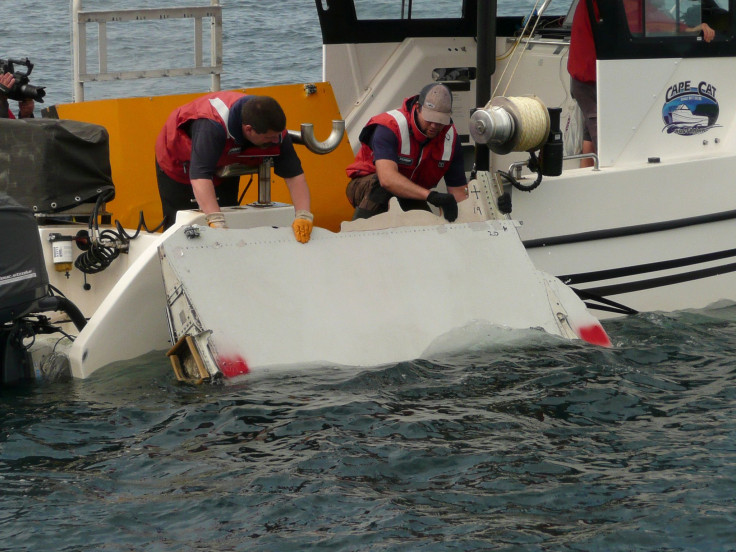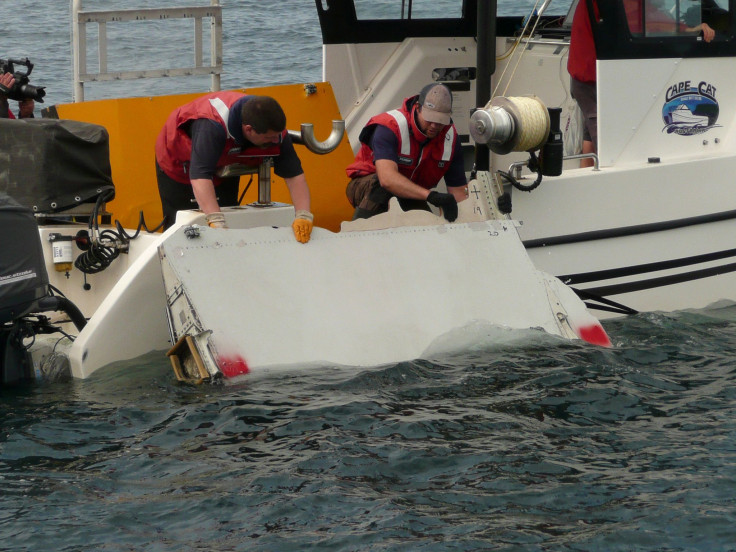Will Flight MH370 Ever Be Found? Plane Wreckage Search Area Narrowed Down

Though the search for missing flight MH370 was called off months ago, a group of Australian researchers said they’d narrowed down the search area for the plane, shedding new light on an increasingly mysterious situation.
Researchers at Australia’s national science agency, the Commonwealth Scientific and Industrial Research Organization (CSIRO), published a blog post Saturday in which they identified a new area in the Indian Ocean that should be searched.
Read: Flight Details For MH370 Won't Be Released
“As a result of oceanographic studies done by CSIRO and presented to the meeting, a new search area near 35 degrees south was recommended,” Dr. David Griffin, team leader of the oceanographic study, said in the blog post.
The search for MH370, which disappeared Mar. 8, 2014 on its way from Kuala Lumpur to Beijing, was officially called off in January 2017. An international search for the plane and its passengers covered more than 46,000 square miles with little results, though a piece of the plane’s wing was found on Reunion Island, off the coast of Africa, in 2015.
Researchers used a technique called “drift testing research” to show how a piece of debris might have traveled from the site of the downed airliner.
“Our final recommendation is way more precise than I dreamed we would be able to achieve,” said Griffin.
Other officials expressed skepticism over the researchers’ findings, noting that it had been prepared for and funded by the Australian Transport Safety Bureau and that it may have just been used to support a “preconceived idea,” the Guardian reported Monday. Independent investigators also said the location had already been “discounted…to a 97 percent level of certainty.”
Darren Chester, Australia’s transport minister, said the researchers’ findings were not sufficient to mount a new search for the Boeing 777.
“It is causing a lot of grief for the families of the 239 people on the flight and it has captured the imagination, perhaps ghoulish curiosity, we have for these disasters,” said Griffin in the blog post. “I don’t think I’ve ever been so completely consumed by a scientific question, applying to a mystery that so many people are so desperately wanting to solve.”

© Copyright IBTimes 2024. All rights reserved.






















